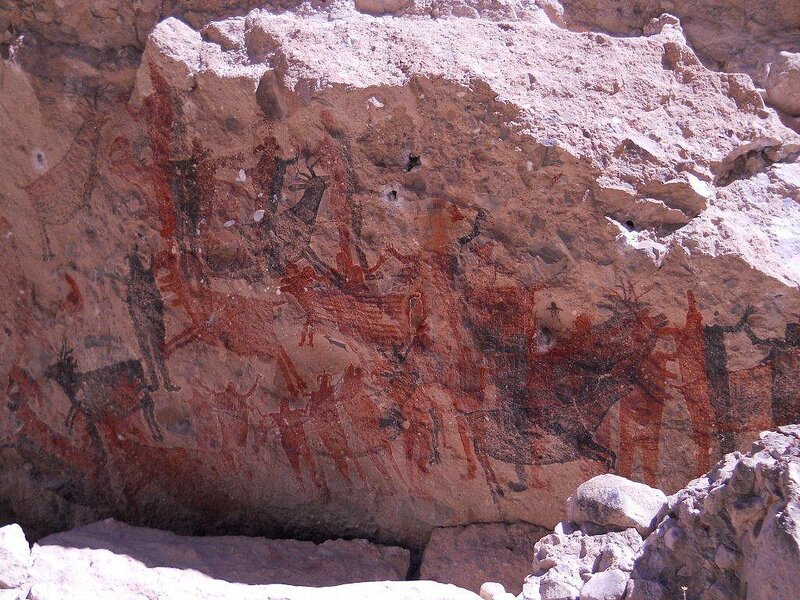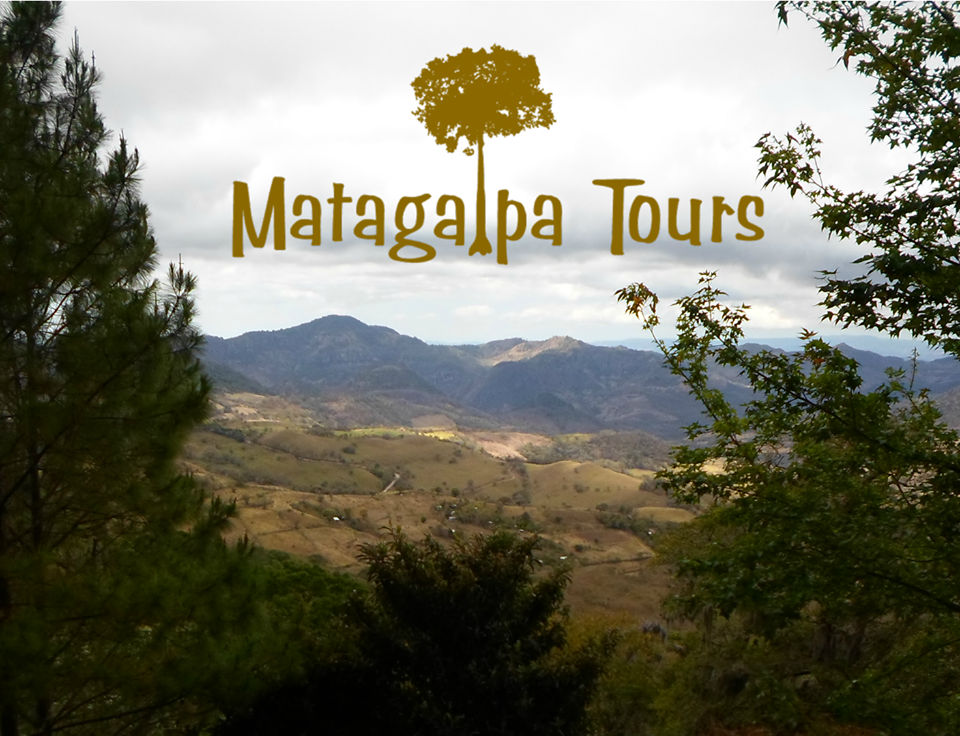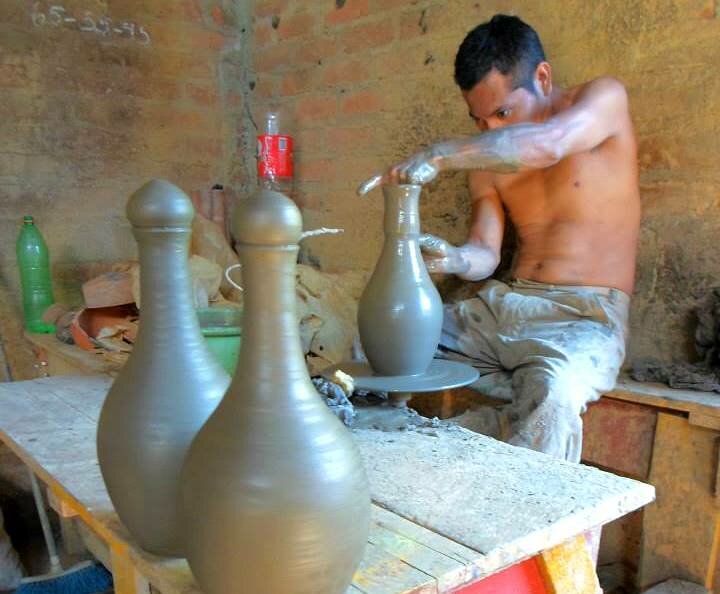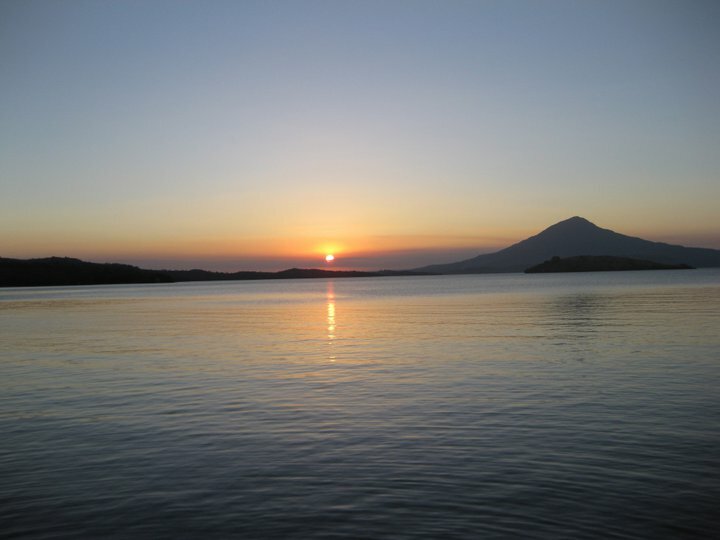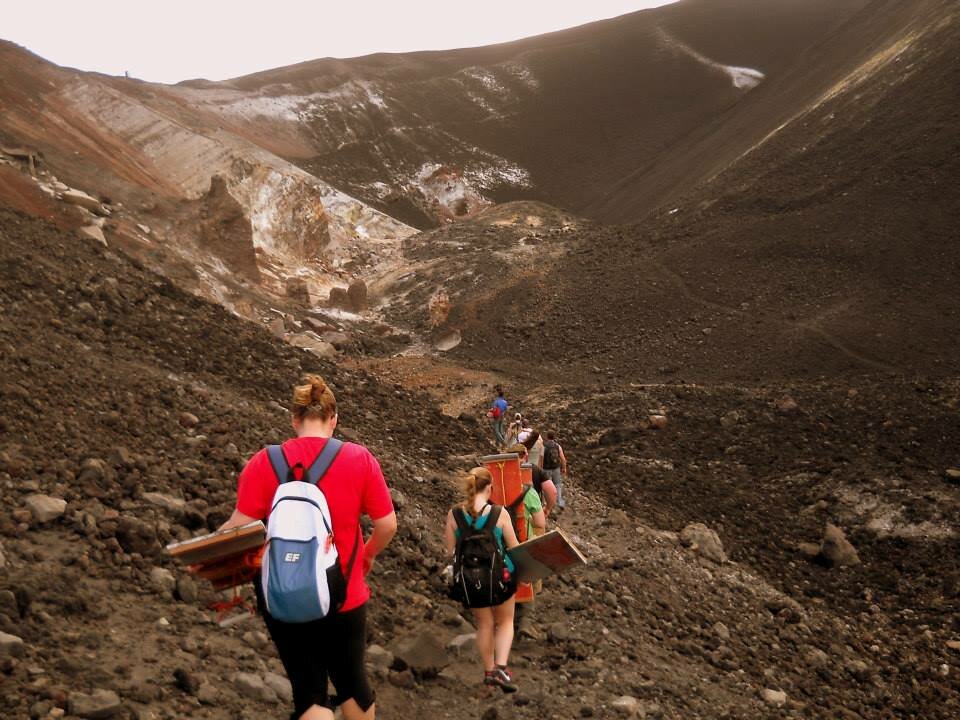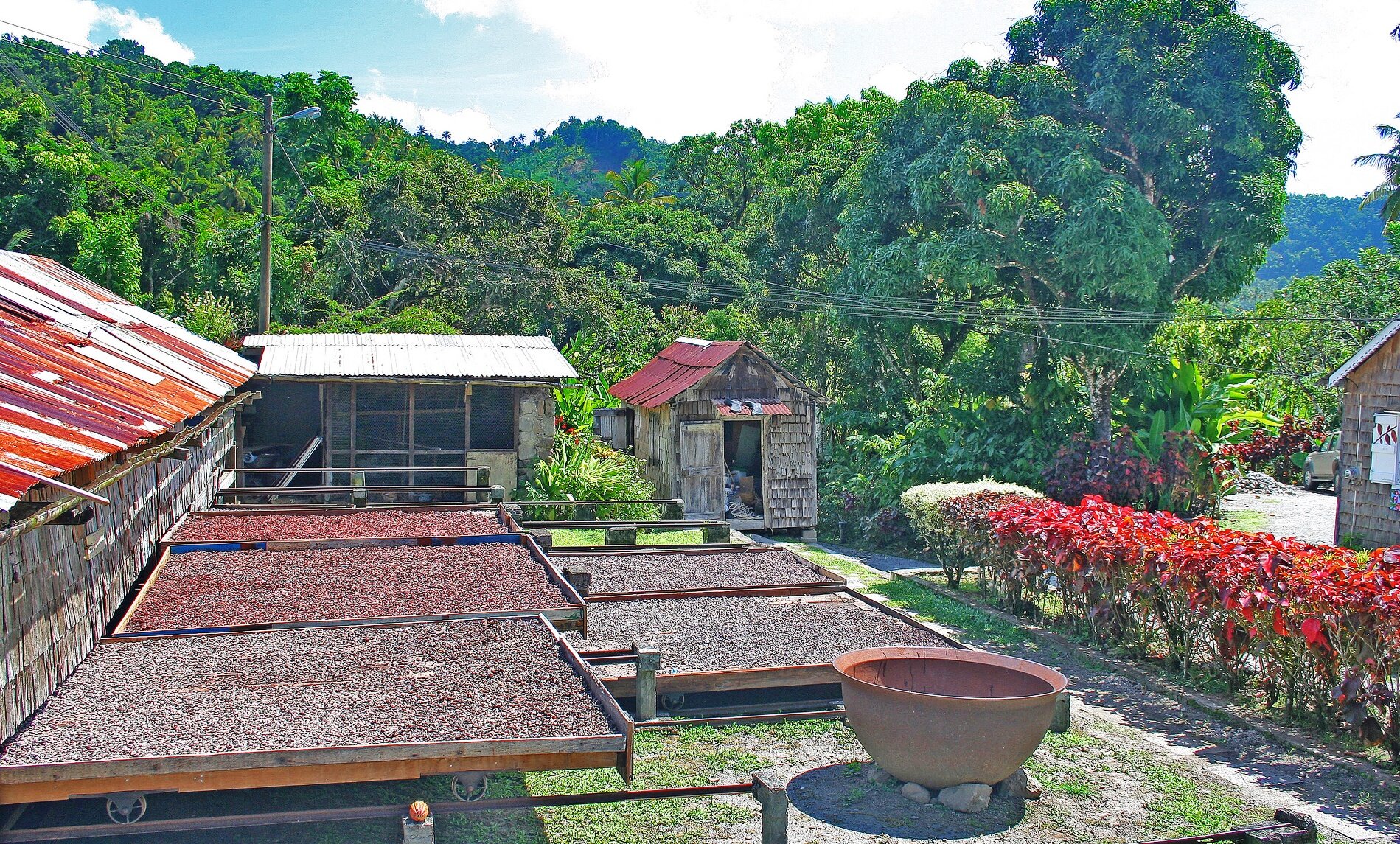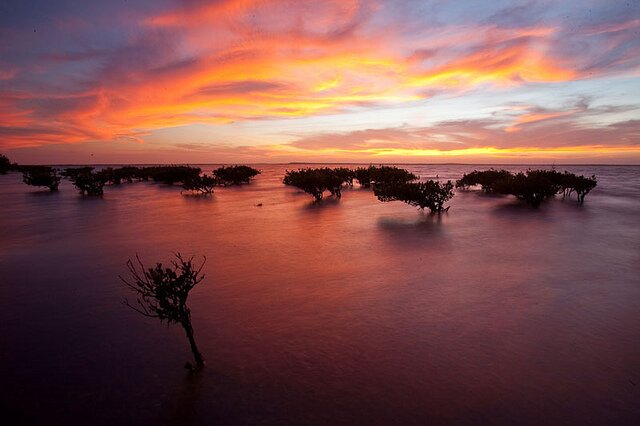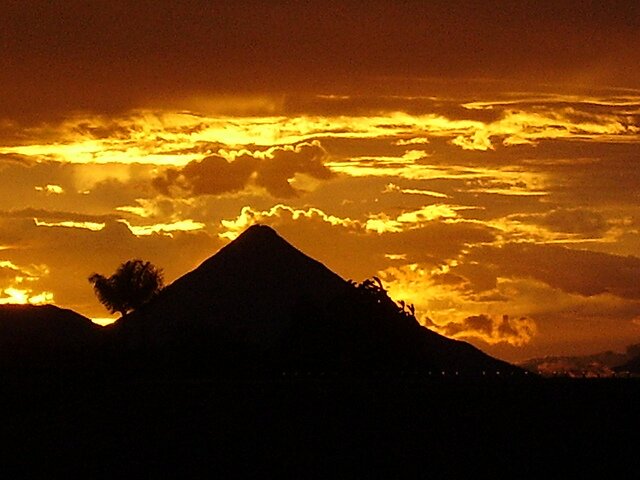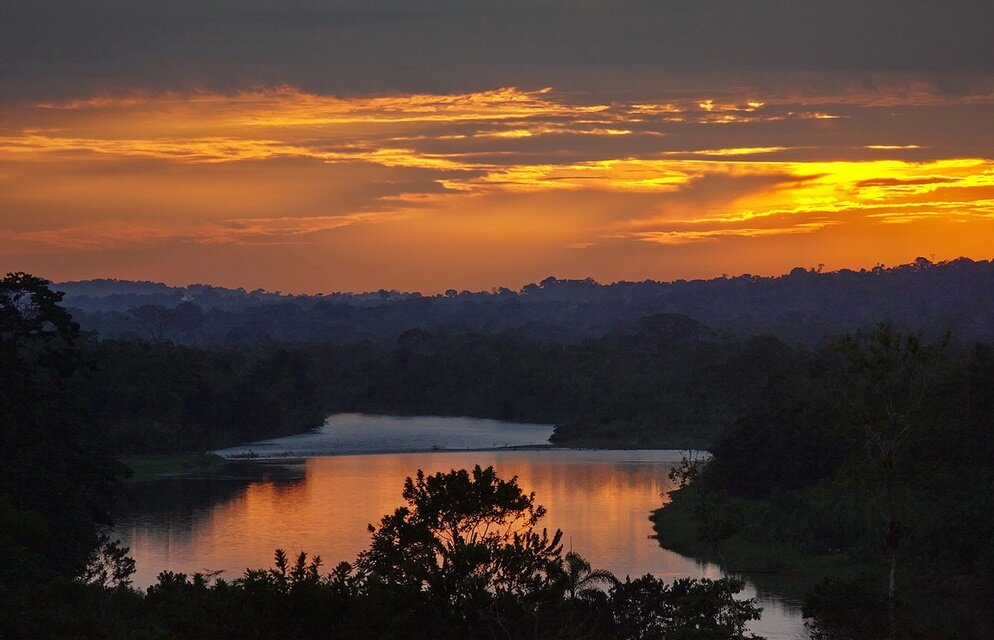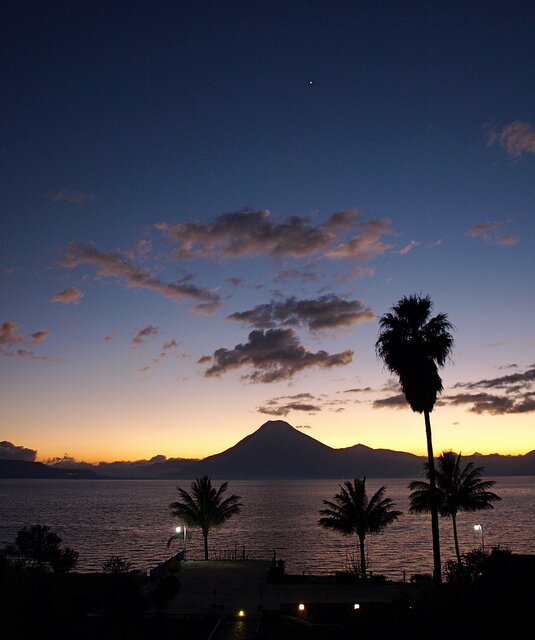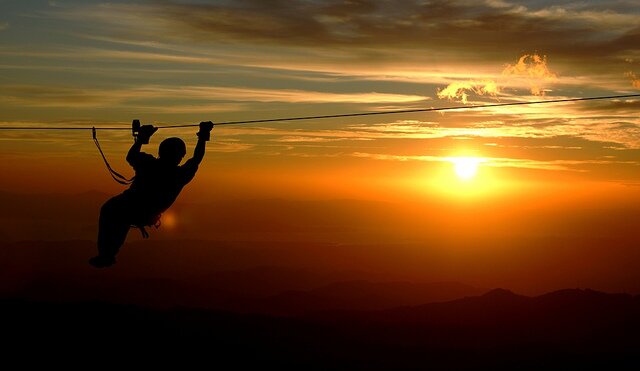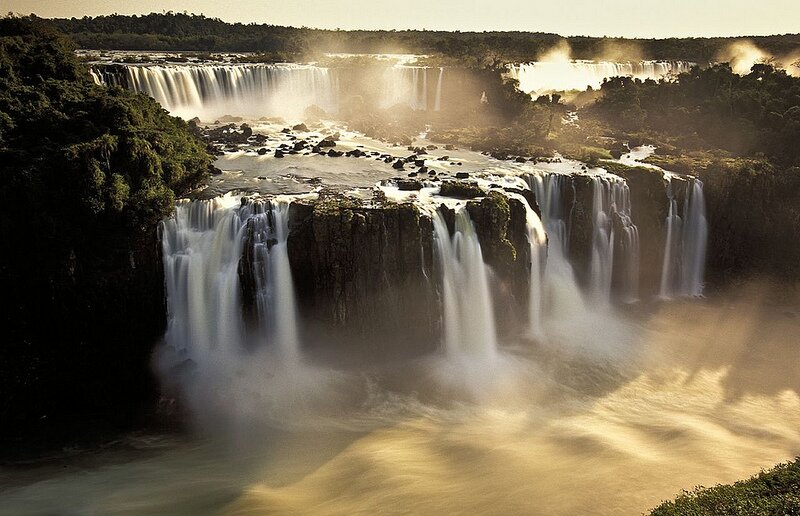
Tomorrow is the World Water Day, a celebration that brings attention to the importance of water and advocates for the sustainable management of water resources.
This year's theme is Water and Energy. Water and energy are closely interconnected and interdependent. Energy generation and transmission requires utilization of water resources, particularly for hydroelectric, nuclear, and thermal energy sources. Conversely, about 8% of global energy generation is used for pumping, treating, and transporting water to various consumers.
But we must also remember that tourism is highly dependent on freshwater resources, for everything from recreational activities to showers in hotels. When you are planning your next vacation, remember to choose a sustainable tourism business that protects buffer zones on their property, treats wastewater properly, and implements other water conservation practices.
Photo courtesy of Hotel Fairmont Mayakoba, Mexico.



















